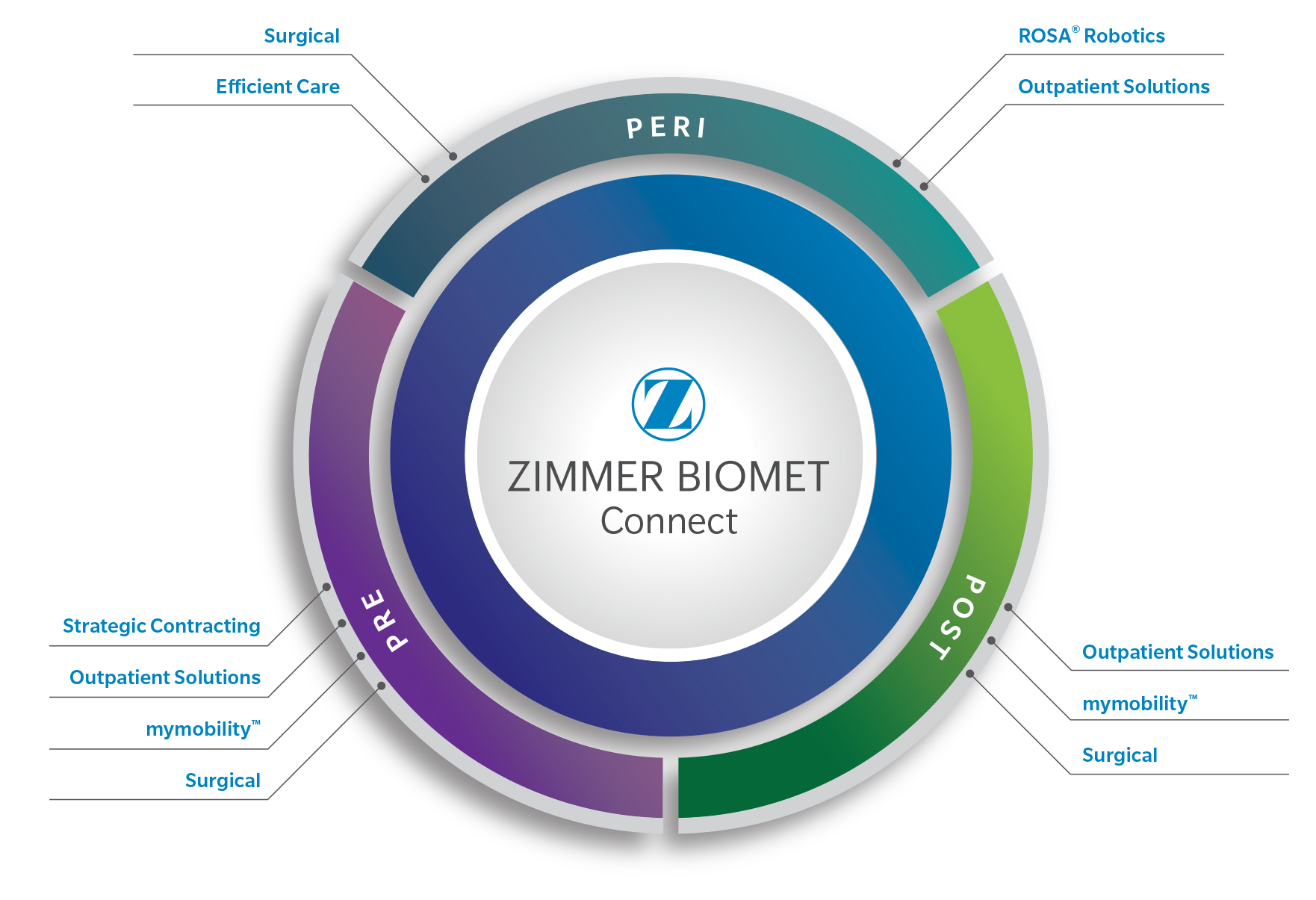Your elbow is a hinge joint consisting of three
bones. The upper portion of the hinge is at the end of the upper arm
bone (humerus), and the lower portion is the top of the two forearm
bones (radius and ulna) which are side by side. All three of these
bones are in contact with each other. The joint is surrounded and
lined by cartilage, muscles, and tendons that provide support and
stability, and make it easy for you to move.
It's your elbow joint that lets you bend, extend, and rotate
your arm. Your range of motion is dependent upon the proper
articulation of this joint.
In a healthy elbow joint, the surfaces of these bones are very
smooth and covered with a tough protective tissue called cartilage.
Arthritis causes damage to the bone surfaces and cartilage where the
three bones rub together. These damaged surfaces eventually become
painful. Ligaments (another type of soft tissue) lie along the sides
and back of the elbow, holding the bones of the elbow joint in place.
These ligaments work with the muscles that control the bones and the
tendons that connect the muscles to the bones so you can bend and
straighten your elbow. Fluid-filled sacs (bursae) cushion the area
where skin or tendons glide across bone. The elbow also has a lining
(synovium) that secretes a clear liquid called synovial fluid. This
fluid lubricates the joint, further reducing friction and making
movement easier.
As you might expect, there are many different reasons why you could be feeling elbow pain, including injury, infection, and arthritis.




